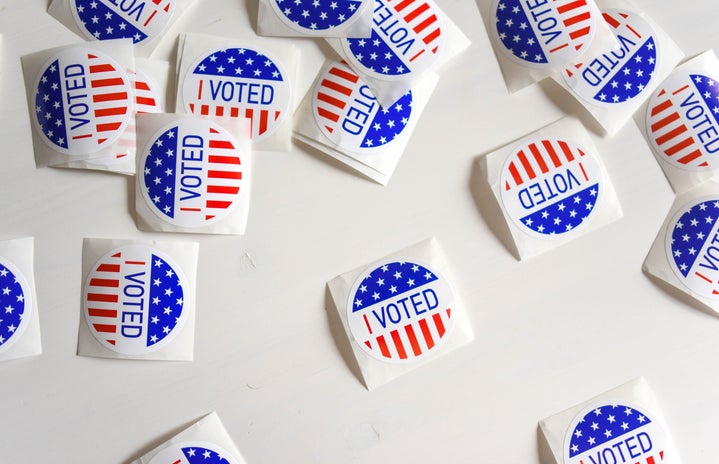I don’t know about you, but watching the first presidential “debate” (really more of a debacle) this past Tuesday, Sept. 29 only reinforced how eager I am to vote in the upcoming November election. However, as a freshman in college living away from my home state, this voting process is more complicated than it was for the presidential primaries or my local elections. The process of an absentee ballot seems daunting and appears to be a lot of tedious work, and small mistakes in filling out your ballot can invalidate your vote. For example, the U.S. Election Assistance Commission found that in the 2016 presidential election, more than 318,000 mail-in ballots were rejected. According to NPR, an unusually high number of ballots — more than 550,000 — were disqualified in the 2020 presidential primaries.
Absentee ballots are made even more complex this year, with additional mail-in votes expected due to the COVID-19 pandemic and the reality that President Trump is actively working against the U.S. Postal Service to discourage mail-in ballots for the November election. To me, however, that makes it even more critical that we vote in November. To ensure that your voice is heard in the 2020 election, make sure to avoid these five common errors on absentee ballots.
- Follow all the instructions, even the minute details.
-
Just like the scanner that graded your SAT scantrons back in high school, the machine scanning your ballot only accepts specific colors of ink and will get confused by stray marks. Make sure to fill out the ballot properly and follow even the instructions that seem insignificant. “You don’t want to use red ink, marker, or anything that could be problematic. If your instructions say to use black or blue ink, use black or blue ink. If it says fill in the oval, fill in the oval. I think it’s really critical for voters to follow the instructions more than anything,” said Amber McReynolds, the CEO of the National Vote at Home Institute.
- Sign the outer envelope!
-
Make sure you haven’t forgotten to sign in a place that requires a signature. People forgetting to sign is one of the most common reasons for ballots to be disqualified. One signature that is especially important is on the outside of the envelope, since this is where every state requires the voter to sign an affidavit affirming their identity.
- Use the signature your state has on file.
-
In the process of authentication, officials make sure that the signature a voter used to sign their ballot envelope matches the voter’s signature on file with the state. Issues with signature consistency most impact younger and first-time voters, since young adults are oftentimes still experimenting with different signatures. The lesson here: stay consistent with what your state has on file. Your ballot is not the time to test out a new fancy signature!
- Include all required documentation.
-
Just about every state has voter-ID laws to help authenticate your ballot, but they vary widely. Some require voters to submit a copy of their photo ID with their absentee ballots, while others require witness signatures. Some, such as Alabama, require both. Bottom line, it varies, so check what your state requires here.
- Send your ballot in on time (This year, send it in as early as possible!)
-
For the upcoming election, some states are requiring absentee ballots to be received by Election Day or the day before in order to qualify, while other states are requiring them to be postmarked by Election Day or the day before. Absentee ballot applications also have varying deadlines depending on your state. See the specifics of your state’s deadlines here. With the issues of the USPS’ delayed delivery and the greater volume of mail-in ballots due to COVID-19, get your ballot in the mail as soon as possible.


